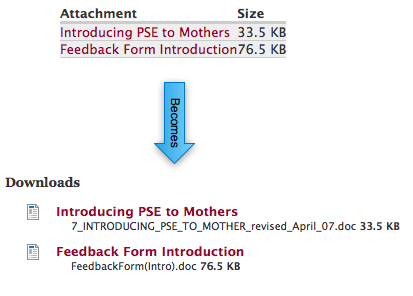We just had our AmeriCorps*VISTA orientation last week—which to our delight and hard work turned out great—and one of the things I’ve been ruminating on since then was one of the powerful dialogue we had around poverty. AmeriCorps*VISTA’s mission is to help individuals and communities out of poverty rather than focus on making poverty more tolerable; so it should come as no surprise that we talked a lot about poverty. But the substance of the discussion made me think a lot about how I view poverty. Making it doubly interesting, of course, is that I was running the orientation and manage our VISTA program.
I realized I take a very broad view of poverty; perhaps as broad as they come. One of the activities involved each of us (about 40 people in all) writing on a tacky note their definition of poverty. My definition I gave was:
Poverty is the inability to fully participate in or benefit from society.
The other responses were along the standard lines of material poverty (not having basic survival needs met), and what I would breezily (and in the current economy) define as the “making under $30k a year” type of poverty (and the personal/social issues that come along with that). And to be perfectly clear, I fully acknowledge that these are the standard and usual definitions of poverty—the attendees were a wicked smart bunch.
Now moving beyond that dialogue, what do I find interesting about my definition:
- It’s a continuum: I don’t believe there is a hard cut-off for, “ok, you’re good to go.” Obviously two people who are making $100k a year, one of whom went to a state college and the other went to Harvard, have perhaps a trivial separation, but there exists one.
- It’s relative to society: from the dialogue, it was pretty clear that the attributes we choose to evaluate poverty on are relative (thanks Abby for mentioning Ishmael)
- It’s about the interplay between individual and society: beyond strict material poverty—at which point personal survival make social needs effectively moot; i.e. dead people don’t have agency)—poverty is about an individual’s ability to effectively function as a contributory member of society. What form those contributions take are defined by the society (see above).
So where am I going with this?
Poverty is a moral challenge. The Moral Challenge. Moral as in God. God as (and this is the tricky part) being a superset of the human condition. For you non-set-theory people, that means that the the experience of being human is an essence of God. But I don’t want to get caught up on the metaphysics of it, since they aren’t the point, may be heretical depending on your beliefs, and I probably don’t know what I’m talking about away. But for legitimacy’s sake—and being breezy again—this is a belief of many religions like Buddhism, Eastern Orthodox Christianity, Kabalism and Sufism to name a few, each of which have also influenced their respective trunks (e.g. Sufism to Islam, Kabalism to Judaism)—pretty much anything with a touch of mysticalism. At least, that was my impression from reading books by Karen Armstrong.
But I want to move beyond the specific religion aspect and back to poverty for the next statement:
The conception of poverty is a secular humanistic version of what Buddhism calls dukha, a fundemental element of life. I’m the first to be suspicious of people quoting eastern philosophies, but the idea of dukha is illuminating: usually it’s defined as “suffering”, that something is wrong, that life is “awry”. I woul advance a more rigorous (and humanistic) definition along the lines of:
Human beings, as innately and uniquely compassionate, imaginative and intelligent creatures, have fundemental anxiety over existing within a universe/reality of scarcity. Not just a scarcity of energy/food/shelter, but of, among other things, time (our linear lifespan), physical space (our necessary physical existence displaces other beings) and understanding (we cannot perfectly communicate ourselves to one another). This anxiety is dukha, which is innate to being human.
As Karen Armstrong would argue, the purpose of a practical religion is to help people overcome, transcend or accept this suffering (or help people move towards such unattainable perfects). Such practical religions attempt to reach towards this goal through both material, psychological and social means (the latter two being what we might call spiritual means).
Of course, as secular humanists, we cannot define poverty to such a broad holistic and potentially spiritual scope: it touches upon elements that are outside rational discourse (how can we conceive of a goal beyond the realm of human experience?) and, within more practical terms, is of a breadth our current bureacractic institutions would be unable to handle.
In my next blog post, I’d like to explore how poverty stems from our collective inability to accept diversity. Also, I’d like to write about how the concept of poverty at its core cannot exist without reasonable antithesis, why we’re incredibly bad at conceiving of that alternative, and how we might reasonably search for it.
Lastly, just to make it clear, I don’t believe that by expanding the definition of poverty it negates or in anyhow diminishes the incredible contributions and advances having been made or being made by people across the globe to improve the conditions of people who need that assistance most. In other words, this is in no way, shape, or form a statement that current anti-poverty work is pointless, “a drop in the bucket”, or we should just stop trying because we’ll never fix everything. Also, this isn’t leading up to a nanny-state rant (pro or con) either.
